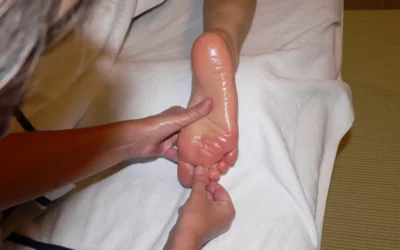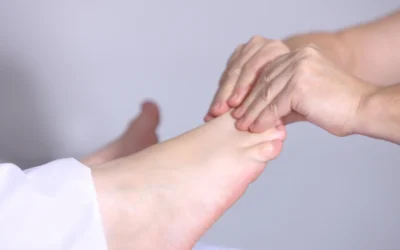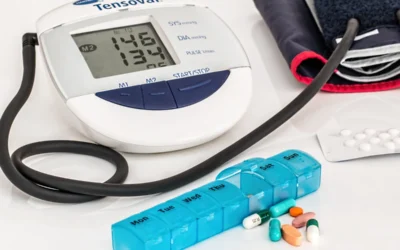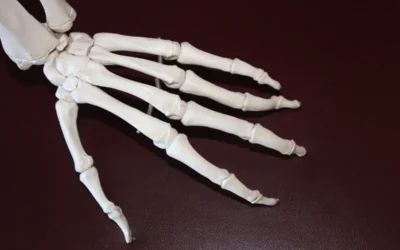Chronic pain affects millions of individuals worldwide, often significantly impacting their quality of life. Unlike acute pain, which arises from a specific injury or illness and typically resolves over time, chronic pain persists for months or even years, often...
Your Guide to Recovery & Wellness
Your content goes here. Edit or remove this text inline or in the module Content settings. You can also style every aspect of this content in the module Design settings and even apply custom CSS to this text in the module Advanced settings.
The Benefits of Pediatric Physiotherapy for Developmental Milestones
Pediatric physiotherapy is a specialized field of physiotherapy that focuses on the physical development and rehabilitation of children. It addresses various conditions affecting children from infancy to adolescence, helping them achieve important developmental...
Simple Stretches and Exercises for Desk Workers to Avoid Pain
In today’s digital age, many of us spend long hours sitting at a desk, which can lead to issues like neck pain, back strain, and tight hips. Desk-bound work often results in poor posture, which places stress on the spine, neck, and shoulders. Over time, these effects...
Post-Surgical Rehab: Why Physiotherapy Is Essential for Recovery
After any surgical procedure, a patient’s journey to full recovery involves more than just healing the surgical site. Post-surgical rehabilitation, especially physiotherapy, plays a crucial role in helping individuals regain their strength, mobility, and quality of...
What to Expect During Your First Physiotherapy Appointment
Step 1: Initial Assessment and Medical History The first part of your initial physiotherapy session typically involves a detailed assessment. Your physiotherapist will begin by asking questions about your current symptoms, medical history, and lifestyle. Expect...
Managing Arthritis: Physiotherapy Tips to Improve Quality of Life
1. Keep Moving with Low-Impact Exercises One of the most important aspects of managing arthritis is to maintain movement and avoid prolonged inactivity, which can lead to joint stiffness and muscle weakness. Low-impact exercises, such as walking, swimming, cycling,...





